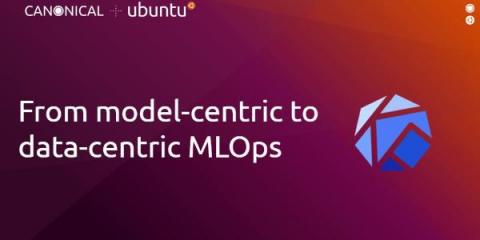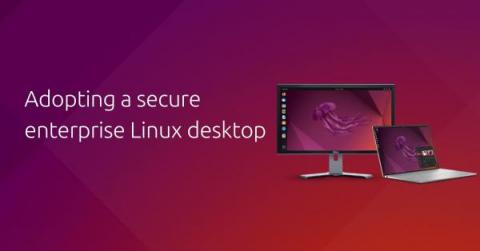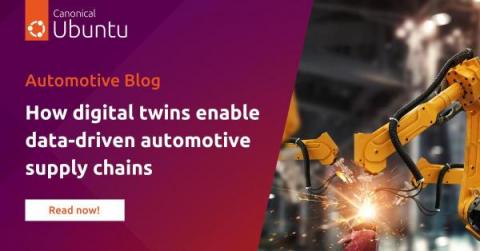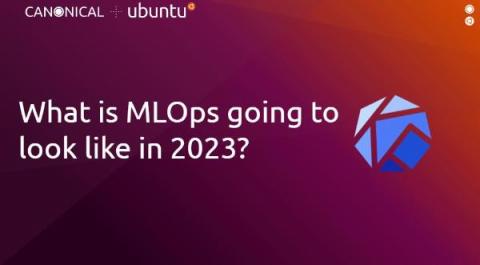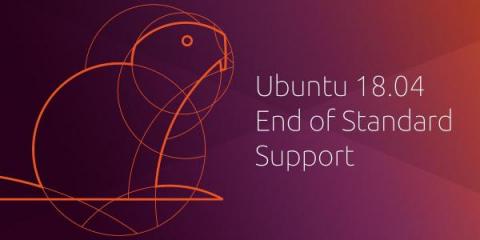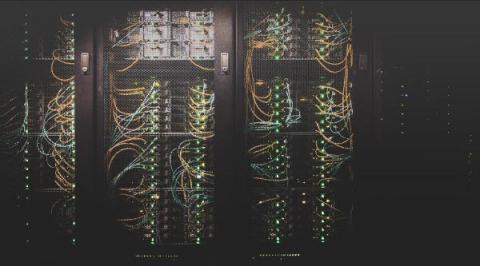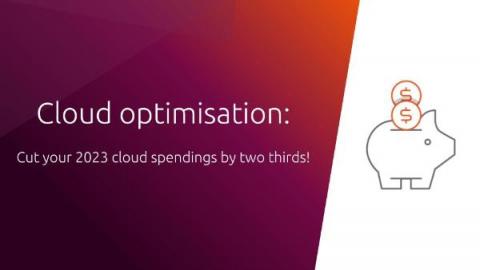From model-centric to data-centric MLOps
MLOps (short for machine learning operations) is slowly evolving into an independent approach to the machine learning lifecycle that includes all steps – from data gathering to governance and monitoring. It will become a standard as artificial intelligence is moving towards becoming part of everyday business, rather than an innovative activity.


